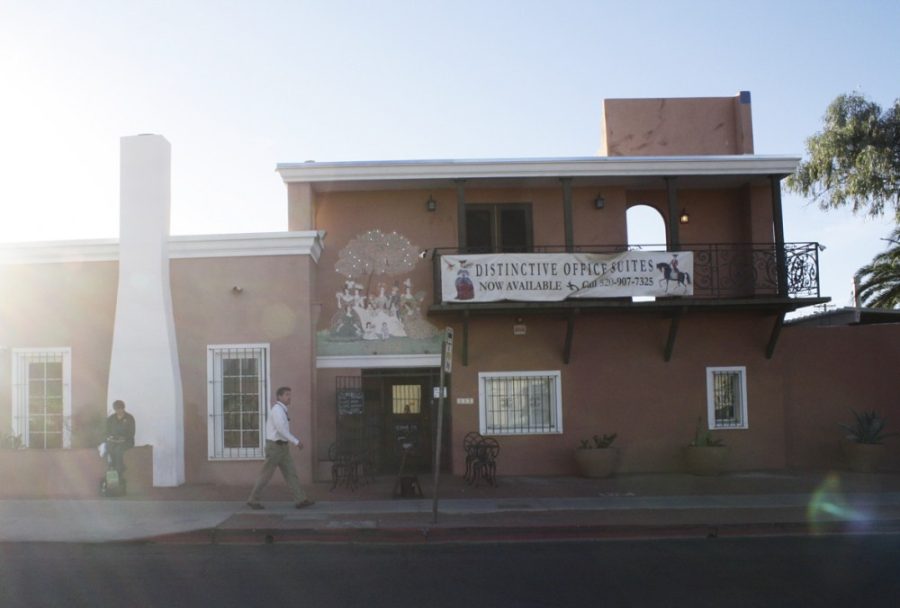A local archaeologist aims to give the Tucson community a peek at what was underneath the Old Pueblo thousands of years ago.
Doug Gann, an archaeologist and digital media specialist at Archaeology Southwest, will demonstrate the triumphs and tragedies of Tucson’s civilizations over the past 4,000 years in his salon series titled “You Are Here: Tucson Underground” Maker House on Stone Avenue will host the event on Thursday at 7 p.m.
Gann, a three-time UA graduate, first earned his undergraduate anthropology degree in 1988 before earning his master’s degree in 1994 and doctoral degree in 2003 in the same field. As far as he’s concerned, the history below the Tucson seen today is just asking to be explored.
“Just in downtown Tucson, right beneath our feet, there are three major layers of the past just waiting for us,” Gann said.
Tony Ford, founder of Maker House, said that the lectures encompass a variety of topics and defines the salons as “a shared community discussion [for] intellectual pursuit.”
Ford said the gatherings provide a casual discussion environment, where people who participate create an encouraging atmosphere that does not discourage “weird questions.”
“It’s different from a classroom where people have to be there,” Ford said. “Here, people want to be there. … It’s people actually trying to give themselves over to the intellectual pursuit, and really enjoy it.”
For Gann, the talk is a flashback to some of the first excavation projects Gann participated in during the late 1980s as a UA student, when remnants of ancient Tucson cultures captured his fascination, he said.
Gann said that he will warm up the Maker House audience with a series of animations, and then shift to a timeline of major changes that happened within each village that existed in the Tucson area, covering the history, architecture and farming systems of civilizations that inhabited the Tucson basin from 2000 B.C. through 1400 A.D.
The talk will highlight what Gann refers to as the “early agricultural period” of Tucson-area civilizations, including the Hohokam village that existed at the foot of “A” Mountain and Tumamoc Hill around 0 A.D.
“Most people don’t realize that when they look at the hill behind ‘A’ Mountain, that is a 2,000-year-old archeological site,” Gann said. “You can see stripes of exposed stone, if you look carefully, that were these curious features built 2,000 years ago up on top of that hill.”
Gann said archeologists have just recently started to comprehend the complexity of the ancient civilizations’ cultivation systems during the early agricultural period of Tucson.
“We really didn’t have any idea that these deposits existed in the Tucson basin until 12 or 13 years ago,” Gann said, “and we’re still trying to wrap our heads around how these early farmers got started here in the Tucson basin.”
The people mastered the art of hydraulic engineering and irrigation to nourish their crops, a respectable feat in the barren, desert landscape, Gann added.
“When you tie that to their art, which we can see in their pottery, these were some amazing people,” he said. “You can’t help but have incredible respect for people who found out how to live such a rich life in this challenging environment.”
Gann said the most important thing that people will walk away with at the end of the night is a greater understanding of how they fit in to an almost 12,000-year history of the Tucson area.
“We’re really focusing only on the last 4,000 years, but I hope they’ll get a better idea of where they fit in this continuum of human experience in this place,” he said. “It’s an interesting — and in some way sobering — message about what it takes to continue to exist in a desert environment.”









